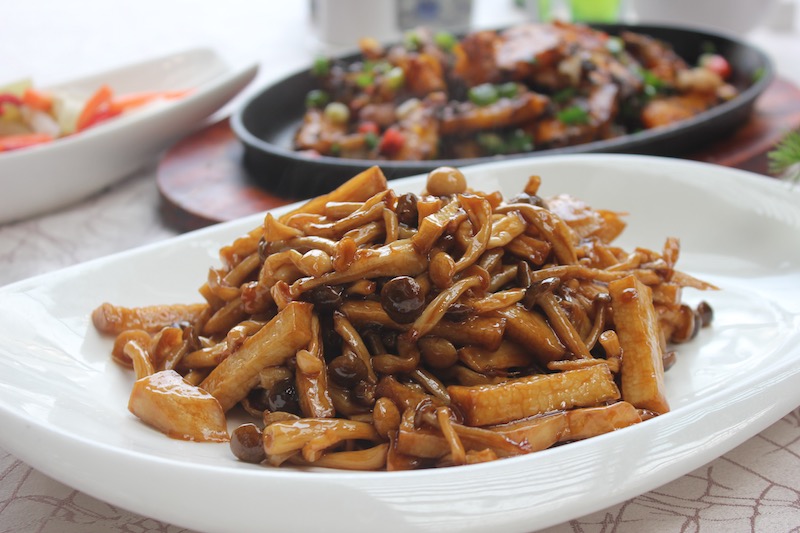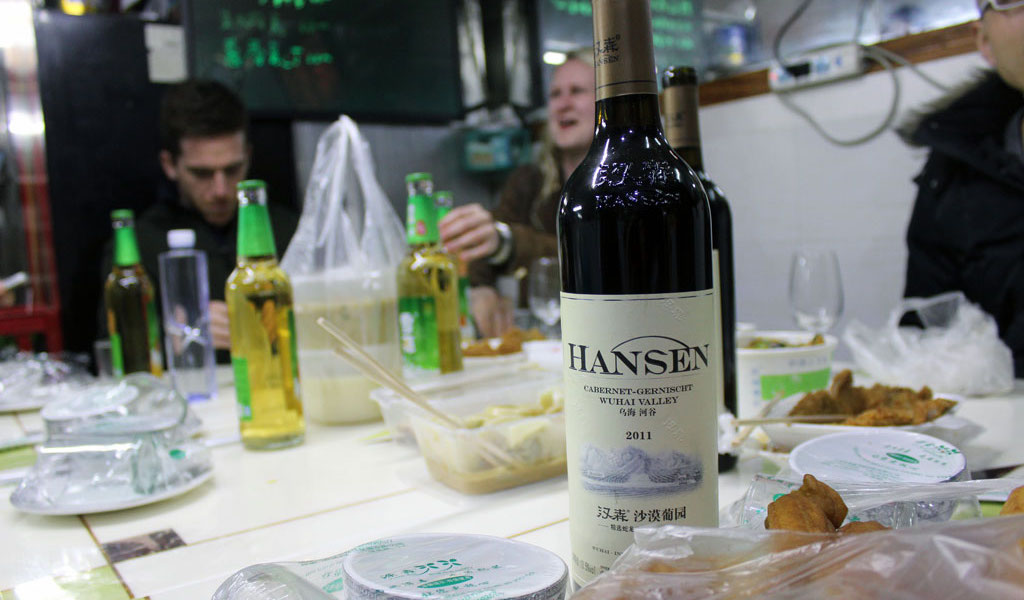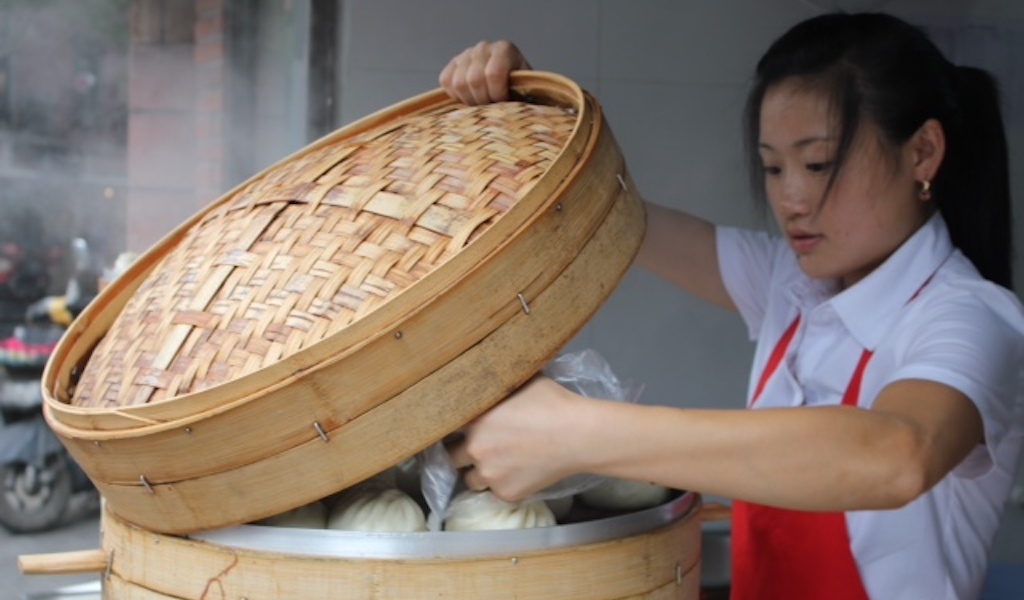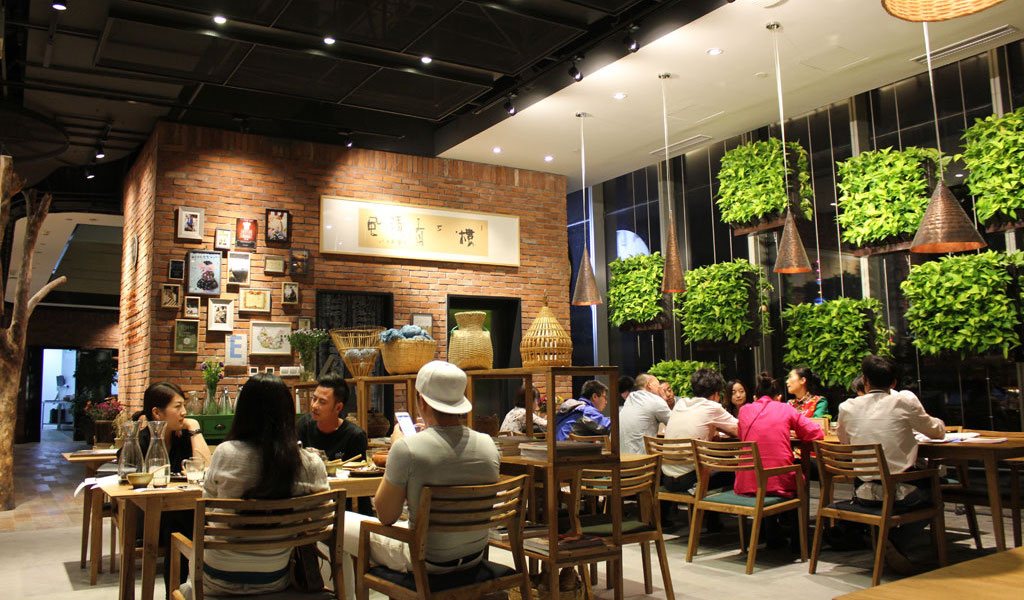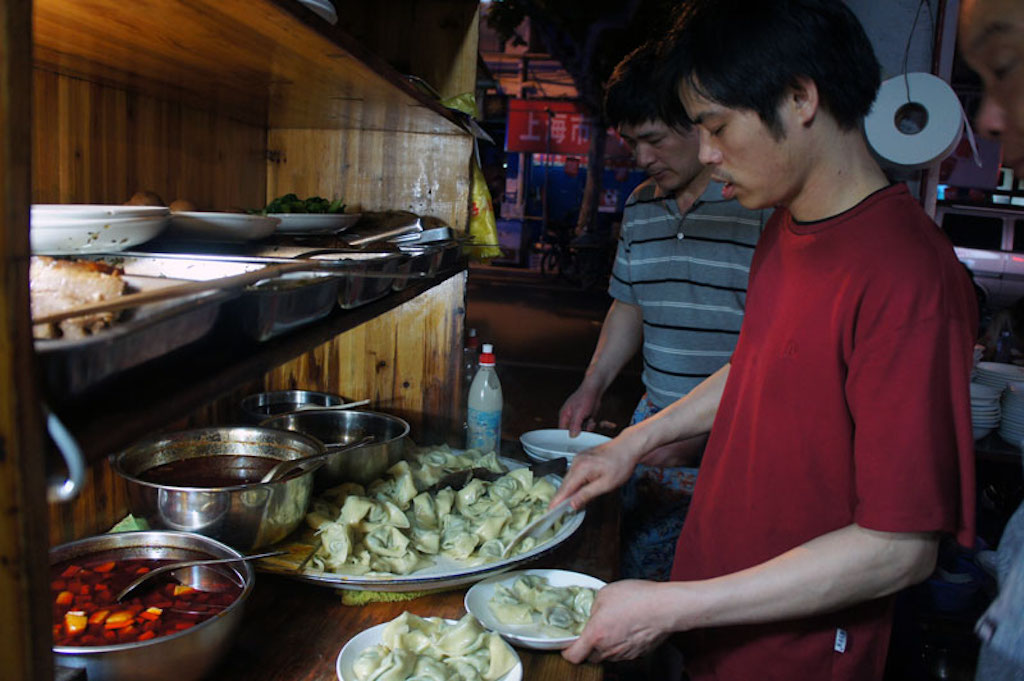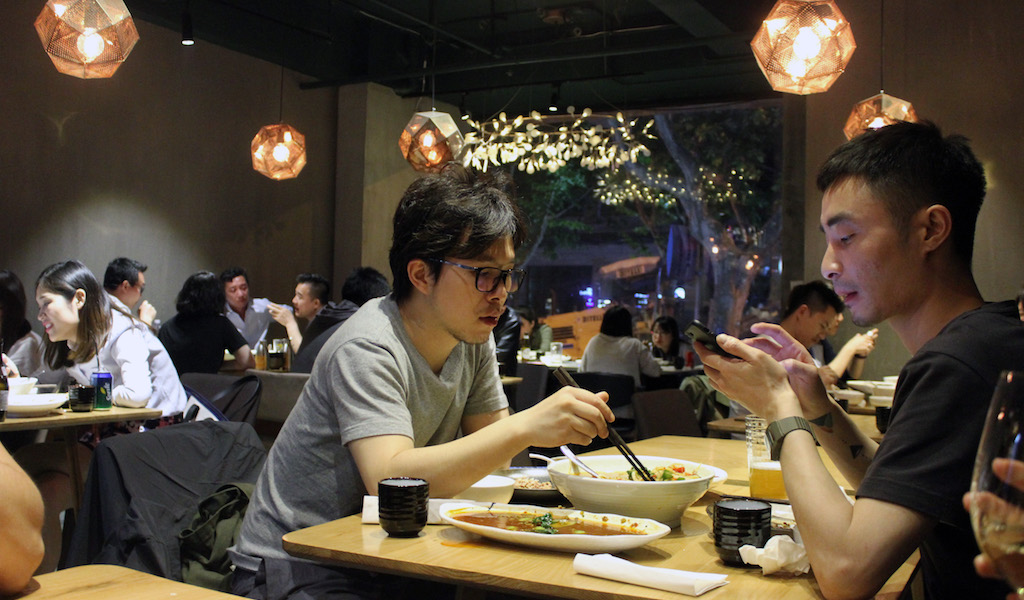We can't find the internet
Attempting to reconnect
Something went wrong!
Hang in there while we get back on track
Search results for "Jamie Barys"
Elsewhere
Spring Trees: Sichuan for Everyone
In Beijing, it’s not uncommon for a waiter to ask “有忌口吗?” before you start ordering. It translates as “Anything you don’t eat?” With a large Hui Muslim minority population, Beijing is more accustomed to diners with dietary restrictions than southern cities like Shanghai. In the Paris of the Orient, it’s not uncommon to explain that a diner is vegetarian and still have their tofu or vegetable dishes come out of the kitchen sprinkled with minced pork. The common retort when pointing out the meat is “It’s just a little bit – for flavor!” But Spring Trees takes that northern dietary accommodation a step further, offering meat-free renditions of classic Sichuan dishes alongside the pork-laden options. It’s perhaps the best option in Beijing for diners looking for a pork-free (or fully veg) restaurant.
Read moreShanghai
Goat Cheese and Fried Honeybees: Shanghai's Top 5 Yunnan Restaurants
Because of its location, topography and climate, Yunnan province resembles little of what many Westerners think of as “China.” The north is home to mountainous forests full of wild mushrooms and tribes tending goats, while down south tropical flowers and fruits grow in the hot, humid lowlands. More than 25 of China’s 55 state-recognized minority groups live in the province, and the cooking of each tribe has its own distinct flavors and characteristics. Yunnan cuisine is known formally as Dian Cai (滇菜), after the kingdom that resided on the Yunnan plateau more than two millennia ago. This southwestern province borders Tibet and Sichuan to the north and Burma, Laos and Vietnam to the south.
Read moreShanghai
Chinese Wine: The Grape Leap Forward
Don’t tell it to French winemakers, but in 2015, the Chinese wine industry hit a major milestone by narrowly surpassing France in land dedicated to vineyards. With 7,990 square kilometers of grape-growing land concentrated mostly in China’s north-central and northwestern regions, the country now ranks second only to Spain and holds almost 11 percent of the world’s vineyards by land area. Most experts estimate that the vast majority of these vineyards grow grapes for the table, not wine, but the statistic follows the trend of wine’s growing popularity in the Middle Kingdom. And China is now among the top 10 wine-producing countries in the world.
Read moreShanghai
Steamed Buns in Shanghai
Bāozi (包子), or steamed buns, are a basic, on-the-go meal. Yeast is added to wheat dough, which is allowed to rise. The dough is then stuffed with a raw filling (everything plain pork to egg custard), wrapped by hand using a pinching style until closed and placed on top of boiling water in towers of giant bamboo steamers.
Read moreShanghai
In & Out: No Burgers Here
In & Out arrived in Beijing years ago to rave reviews, but the Yunnan restaurant only just settled in Shanghai, confusing homesick Californians with its name. Instead of Double-Double burgers and Animal-Style fries, it serves cross-the-bridge noodles (过桥米线, guòqiáo mǐxiàn) and fried potato balls (土豆球, tǔdòu qiú). While most Yunnan restaurants in China span the whole province’s cuisine, from tea leaf salads to crispy adzuki beans, In & Out’s menu is (mostly) specific to Lijiang, a city deemed a UNESCO heritage site that lies about halfway between Shangri-La and Kunming, the provincial capital, and is home to the Naxi and several other ethnic minorities.
Read moreShanghai
Shanghai’s Top Five Late Night Dining Spots
The vast country of China has just one time zone, so Shanghai’s East Coast location means darkness comes early and most residents usually eat by nightfall, with restaurants often closing their kitchens around 9 p.m. But for those who keep late hours, there are a few late night supper spots around town. Aggressive government crackdowns on hawker stalls have driven many of the late night street vendors indoors, and our top five list goes beyond these roving vendors to feature a mix of restaurants that stay open late and small family-run gems that cater exclusively to the night-owl crowd.
Read moreShanghai
Ben Lai & Ben Zhen: The Other Sichuan
Sichuan cuisine is famous for its mouth-numbing, spicy flavors, but what many people don’t know is that the provincial cuisine is subdivided into several specialty subregional cuisines. One of our favorites is Xiaohe Sichuan cuisine, which hails from the cities of Zigong, Luzhou and Yibin in the province’s southern region. Originally famous for its salt mining, the Xiaohe (which means “small river”) region is now perhaps best known for the Zigong Dinosaur Museum, a monumental museum built over a dig site that’s had an incredible number of dinosaur finds. But the local cuisine – renowned for being spicy and creative – is worth exploring.
Read more